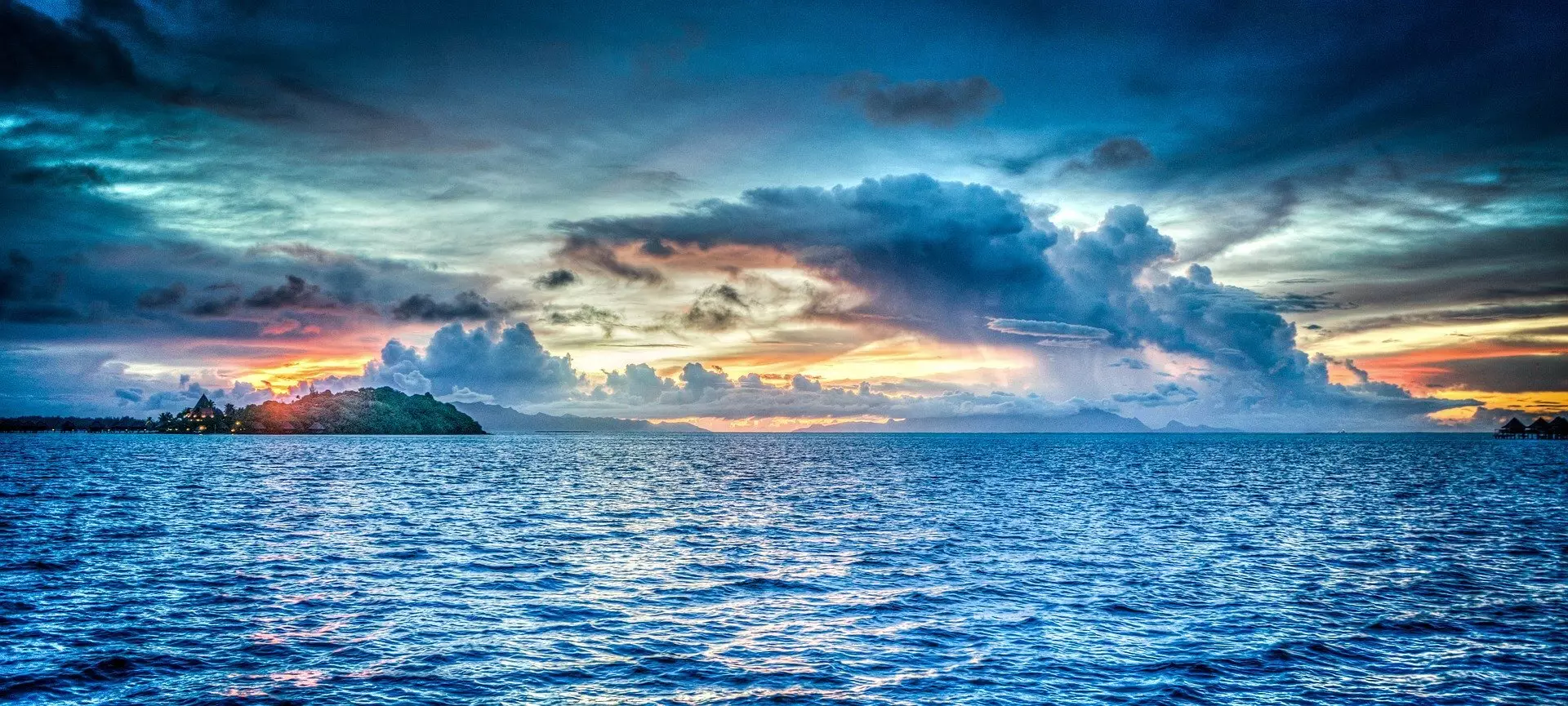Amidst the second release of treated radioactive wastewater from the Fukushima nuclear plant, concerns and misinformation have emerged regarding the potential risks of this discharge to the Pacific Ocean. Several nations and international groups have raised alarm about the impact on marine life and humans. However, a comprehensive review titled “The risks of radioactive wastewater release,” published in Science, provides scientific insights that debunk these fears and address concerns.
To assess the potential effects of the treated water release, a team of experts from the University of Portsmouth, Curtin University, and the Australian National University analyzed scientific evidence from past releases of radioactivity. Comparisons with other nuclear facilities worldwide demonstrated that the planned tritium discharge from the Fukushima plant is significantly lower than discharges from many other facilities, including the La Hague reprocessing plant in France. This finding suggests that the anticipated radiation doses to marine life and seafood consumers will be negligible, falling well below safety thresholds.
The primary radioactive contaminant in the Fukushima wastewater is tritium, which exists in the form of tritiated water (HTO). While tritium, like other radioactive substances, can induce DNA damage in organisms, its low radiotoxicity significantly reduces potential harm. Tritium’s chemical similarity to ordinary water prevents a significant increase in its concentration, known as biomagnification, as its uptake and distribution are controlled by the much larger volume of non-radioactive water.
Long-term studies following the Chernobyl disaster reveal that contaminated aquatic ecosystems can exhibit remarkable resilience to radiation. Fish populations and aquatic insect populations near Chernobyl are thriving, underscoring the minimal impact of radiation on these organisms. Furthermore, tritiated water releases occur worldwide at significantly higher levels than the Fukushima release and have been happening for decades. The Kori Power Station in South Korea, for instance, discharges about twice as much tritiated water to the sea compared to Fukushima. Additionally, the La Hague facility in northern France releases 450 times as much tritiated water to the English Channel without any significant radiation doses occurring.
To address concerns about the treated wastewater release, rigorous safeguards and monitoring protocols are in place. The planned discharge follows stringent regulations and safety measures, supported by strong scientific evidence. The treated wastewater is diluted before being released to ensure that tritium levels remain well below regulatory limits. Moreover, levels of other radionuclides in the release are carefully monitored to comply with standards set by regulatory bodies. The analysis methods used by TEPCO, the company overseeing the Fukushima plant, have been checked by the International Atomic Energy Agency (IAEA) and other independent laboratories, instilling confidence in the accuracy of the measurements.
The scientific consensus, backed by evidence and supported by independent studies, asserts that the release of Fukushima wastewater poses no significant threat to humans or the environment. A report by the IAEA concluded that radiation doses to people and the environment will be extremely low. The risk assessment carried out by TEPCO further reinforces these findings. The concerns and fears propagated by anti-nuclear lobbying groups and those driven by political reasons divert attention from pressing environmental challenges such as climate change, overfishing, and plastic pollution.
Suggestions have been made that utilizing the wastewater to produce concrete may be a better alternative to ocean discharge. While this idea is intriguing, it remains speculative as no risk assessments have been conducted to evaluate its feasibility. Moreover, evaporation of tritium from the concrete poses potential risks, as previous experience has shown that it leads to significantly higher radiation doses compared to discharge into water. Therefore, at present, this option cannot be considered a realistic solution.
The concerns surrounding the release of treated radioactive wastewater from the Fukushima nuclear plant are largely unfounded. The planned discharge follows stringent regulations and safety measures, ensuring that tritium levels remain well below regulatory limits. Comparisons with other nuclear facilities demonstrate that the anticipated radiation doses to marine life and seafood consumers will be negligible. The scientific consensus, supported by numerous studies and assessments, affirms that the Fukushima wastewater release poses no significant threat. It is imperative to address the misinformation surrounding this issue and focus on tackling more pressing environmental challenges that genuinely demand our attention.



Leave a Reply